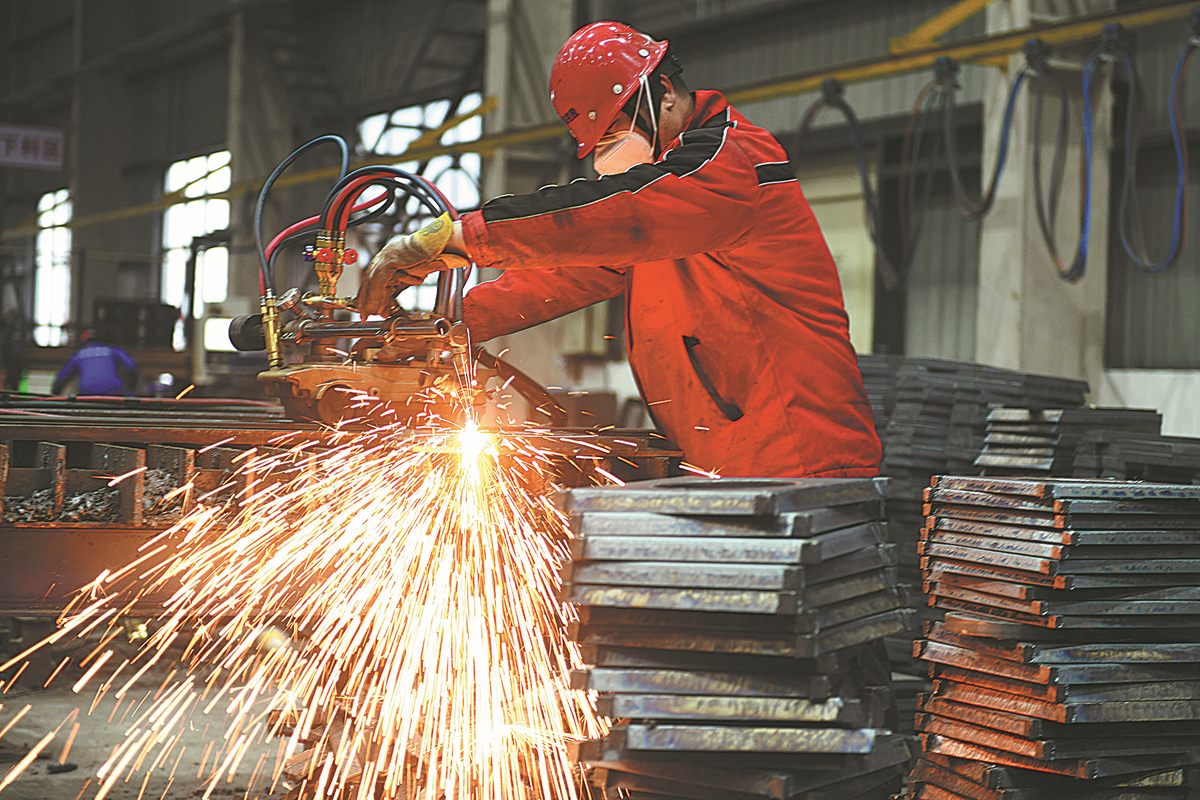In the first quarter, steel consumed by the construction and manufacturing sectors declined by 7 percent and 2 percent year-on-year, respectively, according to the CISA.
“The industry achieved a balance between supply and demand in the first quarter. Although steel enterprises saw a year-on-year decrease in profitability during the period, they still posted month-on-month profit growth,” said Qu.
Enterprises have also been upgrading their product portfolios to better meet high-end demand while strengthening efforts on environmental protection and low-carbon development to achieve a significant reduction in energy consumption, she added.
Shi Hongwei, deputy secretary-general of the association, said the demand curbed by the pandemic is only postponed rather than evaporated, and a demand recovery is likely to be seen in the second half.
“As the pandemic is getting controlled, and normal operations of industrial and supply chains are gradually restored, we have confidence in a demand surge in the second half of the year,” Shi said, predicting overall steel output and consumption in 2022 will be of a similar level to that of last year.
According to the Beijing Lange Steel Information Research Center, China’s social steel inventory, or those stored in steel trading and distribution companies, had dropped week-on-week for eight consecutive weeks as of April 29.
On that day, the index of social steel inventory stood at 157.1, declining 2.65 percent from a week earlier. The figure was also 7.32 percent lower than a month ago, although it grew 2.16 percent year-on-year.
Chen Kexin, chief analyst at the research center, said more measures are expected to be launched by authorities to facilitate economic growth and consumption rebounds, as the Political Bureau of the Communist Party of China Central Committee further stressed the importance of economic stability at recent meetings.
That will inject more confidence into the steel market, Chen said. Predicting more spending on transportation, energy and water infrastructure, he said the healthy development of the real estate sector will beef up steel demand and provide further impetus for stable operations of the steel industry.
China’s goal to curb crude steel output growth is appreciated by professionals in the industry because cutting excessive output is conducive to stabilizing steel market expectations and will help upstream and downstream enterprises maintain steady operations. The nation is fully capable of achieving its goal for crude steel output cuts this year, said Lu Zhaoming, deputy secretary-general of the CISA.
China Baowu Steel Group plans to reduce its average carbon intensity by 30 percent from 2020 to 1.3 tons per ton of steel produced by 2035 before achieving carbon neutrality by 2050.To get there, the company will adopt various measures, including the use of hydrogen-enriched carbon recycling blast furnaces.
Post time: Jun-10-2022


